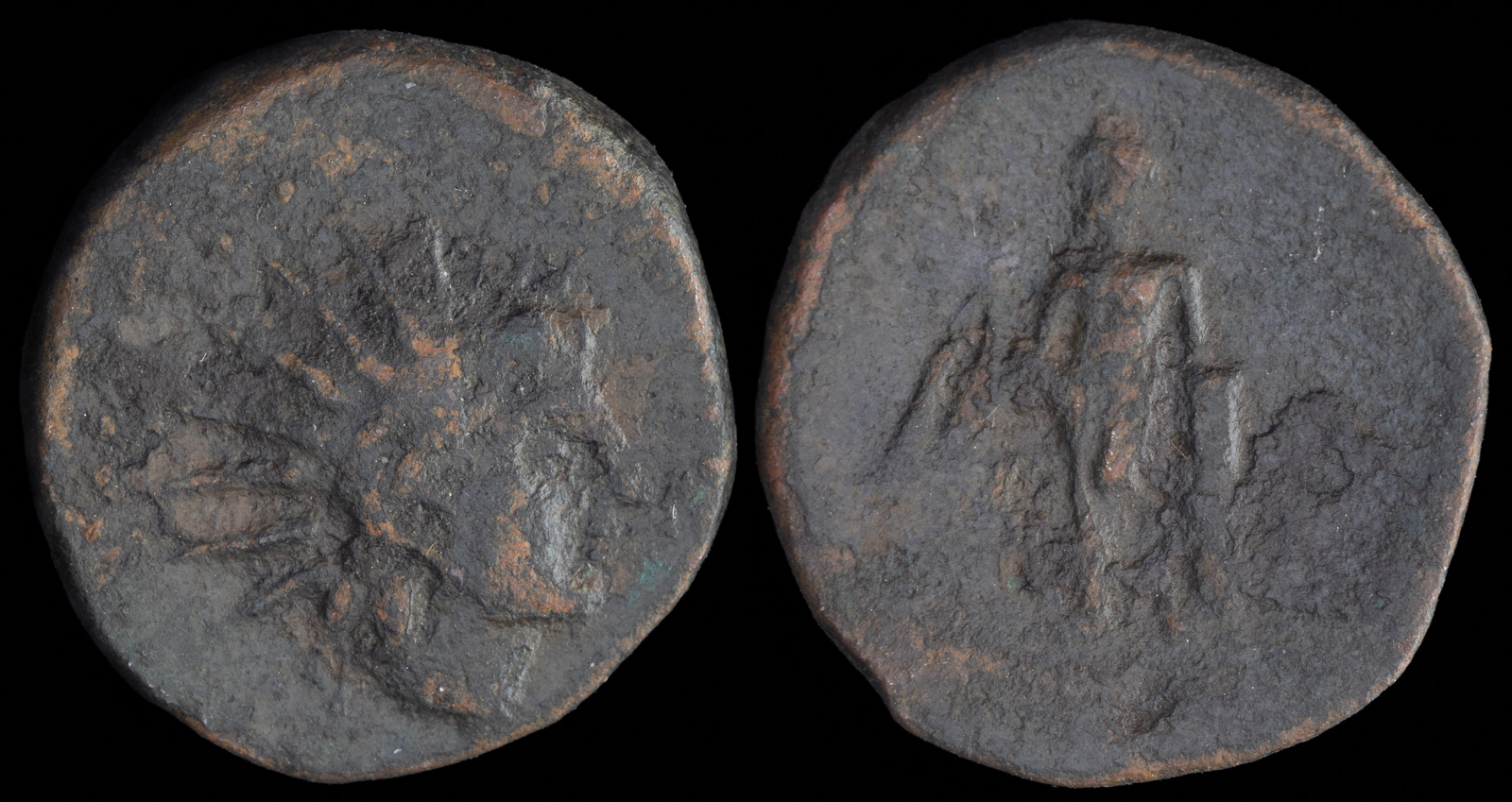Sozon
View All Tags
In some cases, the sozon appears alongside images of gods or heroes who were believed to safeguard the city. The presence of the word or symbol on coinage could be interpreted as a public reminder of divine favor, which in turn reinforced the legitimacy of the rulers who commissioned the coinage. It may also have been used to inspire confidence among citizens and soldiers by connecting their efforts to the will of the gods, especially in times when external threats loomed large.
In contrast, the labrys (λαβύρινθος), a double-headed axe, had a different set of symbolic meanings in ancient Greek culture. While the sozon symbolized salvation and divine protection, the labrys was associated more with power, authority, and the protection of the polis. It was also linked to the idea of feminine strength and was sometimes used in cults of goddesses such as Artemis, Demeter, or Hecate. The labrys was often used in ceremonial and religious contexts, including offerings and sacrifices, symbolizing both destruction and regeneration. It was emblematic of the strength to protect the community, particularly in times of warfare or conflict.

Lycia, Arykanda
circa 200-100 BCE
Æ 17mm, 3,97g
Obv: Radiate head of Sozon(?) right
Rev: Apollo standing left, holding bow and resting elbow on column to right; monogram to left
SNG Copenhagen 47-9; SNG von Aulock 4273-4